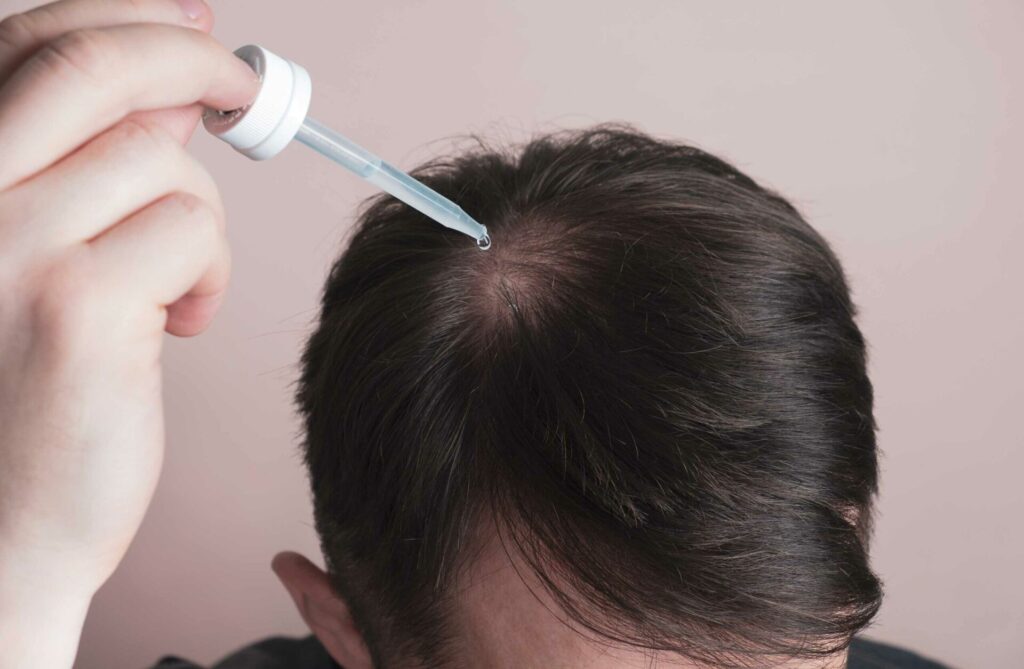
Does Testosterone, Finasteride, and Minoxidil Affect Scalp Micropigmentation?
Navigating the Interplay for Optimal SMP Results
In the journey toward achieving the perfect scalp micropigmentation (SMP) results, understanding the interplay between testosterone, finasteride, minoxidil, and the SMP process is crucial. This intricate dance of elements can significantly impact the final appearance and longevity of SMP, guiding those considering this transformative procedure towards making informed decisions for optimal outcomes.
The Ripple Effects of Testosterone and SMP
Testosterone, while a pivotal hormone in male physiology, can sometimes lead to increased sebum production when influenced by medications. This excess oiliness becomes a crucial factor when considering SMP, as it can affect the adhesion and retention of the pigments used in the procedure. Recognizing this potential challenge is the first step in ensuring the enduring beauty of SMP results.
Finasteride and Minoxidil: Double-Edged Swords
Both finasteride and minoxidil are renowned for their roles in hair restoration efforts but come with the side effect of increased sebum production. This heightened oiliness can complicate the SMP process, posing challenges to pigment retention. Those embarking on SMP need to be aware of these effects, as the success of SMP is closely tied to how well the pigment adheres to the scalp and maintains its integrity over time.
Pausing Medications for SMP: A Strategic Consideration
Prior to undergoing SMP, it's advisable to consider pausing or adjusting the intake of testosterone-related medications. This pause can lead to a reduction in oiliness, creating a more conducive canvas for SMP pigments to bond effectively. This not only enhances the chances for successful pigment retention but also reduces the necessity for touch-up sessions, making the SMP journey both cost-effective and satisfying.
Understanding Individual Variability
It's essential to recognize that the impact of testosterone, finasteride, and minoxidil on SMP is not uniform across all individuals. Factors such as genetics, medication dosage, and overall health contribute to how one's skin reacts. Monitoring how your skin responds and consulting with healthcare providers can tailor the SMP approach to suit individual needs, ensuring the best possible results.
Post-SMP Care: Managing Oily Skin
After SMP, managing oiliness becomes a part of maintaining the aesthetic appeal of the procedure. Adopting oil-control measures like using oil-free skincare products, blotting excess oil, and maintaining a healthy diet can significantly contribute to the longevity of SMP results. These practices not only support pigment retention but also enhance the overall appearance of the SMP.
Conclusion: A Balanced Approach to SMP and Medications
Balancing the benefits of testosterone, finasteride, and minoxidil with their potential impacts on SMP requires a nuanced understanding and a strategic approach. By considering the effects of these medications on the skin and pigment retention, individuals can navigate their SMP journey with confidence. Consulting with SMP specialists and healthcare providers ensures personalized advice and optimal outcomes for those seeking to enhance their appearance through scalp micropigmentation.
For tailored guidance and expert insights into managing the interplay between testosterone, finasteride, minoxidil, and SMP, reach out to our specialists at SCALPS SMP Studios. Embark on your SMP journey with the knowledge and support needed to achieve the best possible results. 🌟


